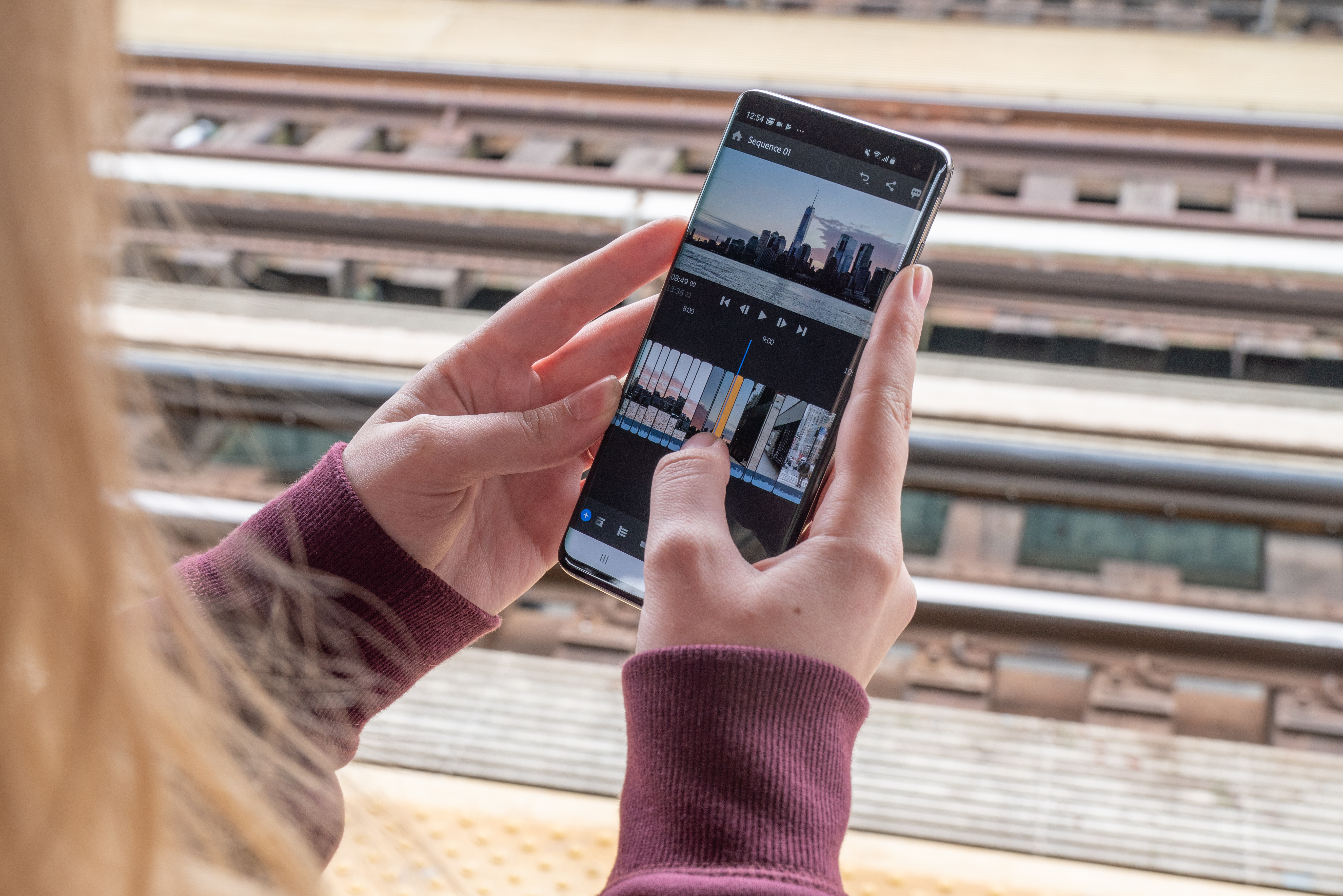For years, the web has been largely free thanks to online ads. The problem is that nobody likes them. When they’re not obnoxiously taking over your entire screen or autoplaying, they’re tracking you everywhere you go online.
Ads can track where you go and which sites you visit and can be used to build up profiles on individuals — even if you never click on one. And when you do, they know what you bought and then they share that with other sites so they know you were up late buying ice cream, cat food, or something a little more private.
The obvious logic would be to use an ad-blocker. But that’s not what keeps the internet thriving and available. Apple says it’s figured out some middle ground that keeps ads alive but without their nefarious ad tracking capabilities.
The tech giant came up with Privacy Preserving Ad Click Attribution. Yes, it’s a mouthful but the tech itself shows promise.
A bit of background: Any time you buy something online, the store that placed the ad knows you bought something and so do the other sites where the ad was placed. When a person clicks on an ad, the store wants to know which site the ad was clicked on so they know where to keep advertising, known as ad attribution. Ads often use tracking images — tiny, near-invisible pixel-sized trackers embedded on websites that know when you’ve opened a webpage. These pixels carry cookies, which make it easy for ads to track users across pages and entire websites. Using these invisible trackers, websites can build up profiles on people — whether they click ads or not — from site to site, such as their interests, what they want to buy, and more.
Apple’s thinking, outlined in a blog post Wednesday, is that ads don’t need to share that you bought something from an online store with anyone else. Ads just need to know that someone — and not an identifiable person — clicked on an ad on a site and bought something on another.
By taking the identifiable person out of the equation, Apple says its new technology can help preserve user privacy without reducing the effectiveness on ad campaigns.
Apple’s new web technology, soon to be built into its Safari browser, is broken down into four parts.
Firstly, nobody should be identifiable based off their ad clicks. Ads often use long and unique tracking codes to identify a user visiting various sites and buying things. By limiting the number of campaign IDs to just a few dozen, an advertiser won’t be able to assign unique tracking codes to each ad click, making it far more difficult to track individual users across the web. Secondly, only the website where the ad was clicked will be allowed to measure ad clicks, cutting out third-parties. Thirdly, the browser should delay the sending of ad click and conversion data — such as when someone signs up for a site or buys something — at random by up to two days to further hide the user’s activity. That data is sent through a dedicated private browsing window to ensure it’s not associated with any other browsing data.
Lastly, Apple said it can do this at the browser level, limiting how much data the ad networks and merchants can see.
Instead of knowing exactly who bought what and when, the privacy ad click technology will instead report back ad click and conversion data without identifying the person.
“As more and more browsers acknowledge the problems of cross-site tracking, we should expect privacy-invasive ad click attribution to become a thing of the past,” wrote Apple engineer John Wilander in a blog post.
One of the core features of the technology is the limiting the amount of data that ads can collect.
“Today’s practice of ad click attribution has no practical limit on the bits of data, which allows for full cross-site tracking of users using cookies,” explained Wilander. “But by keeping the entropy of attribution data low enough, we believe the reporting can be done in a privacy preserving way.”
Simply put, by restricting the number of campaign and conversion IDs to just 64, advertisers are prevented from using long and unique values that can be used as a unique identifier to track a user from site to site. Apple says that restricted number will still give advertisers enough information to know how well their ads are performing. Advertisers, for example, can still see that a particular ad campaign leads to more completed purchases, based off a specific conversion ID, than other ad campaigns when they’re run on specific site in the last 48 hours.
But Apple concedes that real-time tracking of purchases may be a thing of the past if the technology becomes widely adopted. By delaying the ad click and conversion reports by up to two days, advertisers lose real-time insight into who buys what and when. Apple says there’s no way to protect a user’s privacy if attribution reports are sent as soon as someone buys something.
Apple is set to switch on the privacy feature by default in Safari later this year but knows it can’t go in alone. The company has proposed the technology as a standard to the World Wide Web Consortium in the hope other browser makers will pick up the torch and run with it.
Anyone with a short memory will know that web standards don’t always take off. The ill-fated Do Not Track web standard was meant to allow browser users to send a signal to websites and ad networks not to be tracked. The major browser makers adopted the feature, but mired in controversy, the standard never took off.
Apple thinks its proposed standard can succeed — chiefly because unlike Do Not Track the privacy ad click technology can be enforced in the browser with other privacy-minded technology. In Safari’s case, that’s intelligence tracking prevention. Other browsers, like Google Chrome and Mozilla Firefox are also doubling down on privacy features in an effort to win over the privacy crowd. Apple is also betting on users actively wanting this privacy technology, while balancing the concerns of advertisers who don’t want to be shut out through more drastic measures like users installing ad and content blockers.
The new privacy technology is in its developer-focused Safari Technology Preview 82, released last week, and will be available for web developers later this year.
Read more:

from Apple – TechCrunch https://tcrn.ch/2HxrnhV


